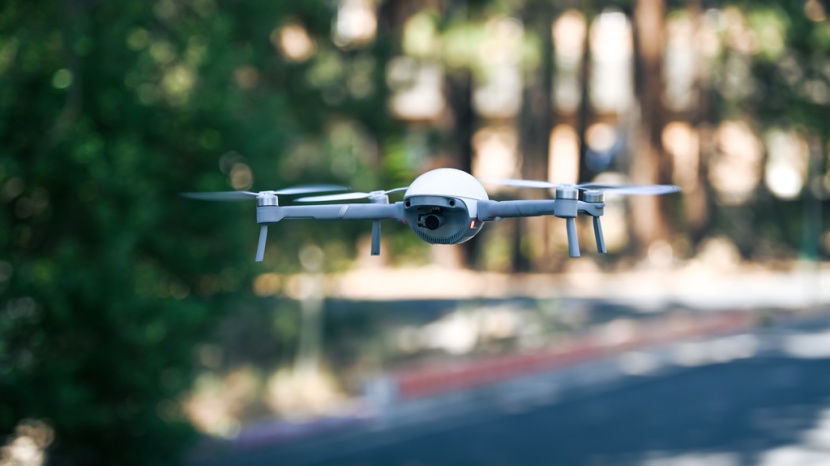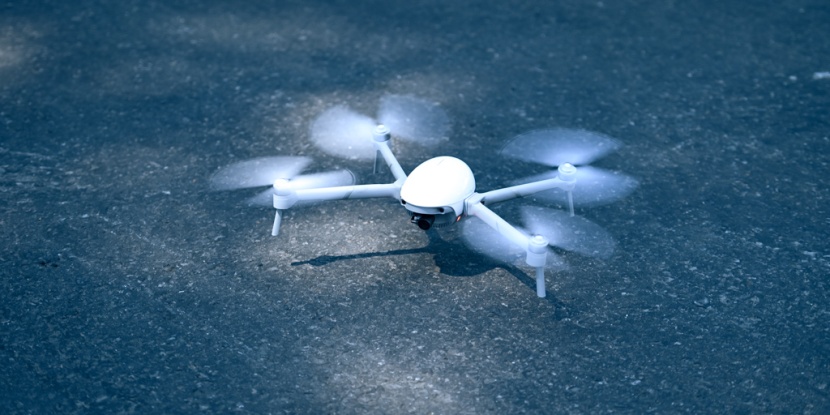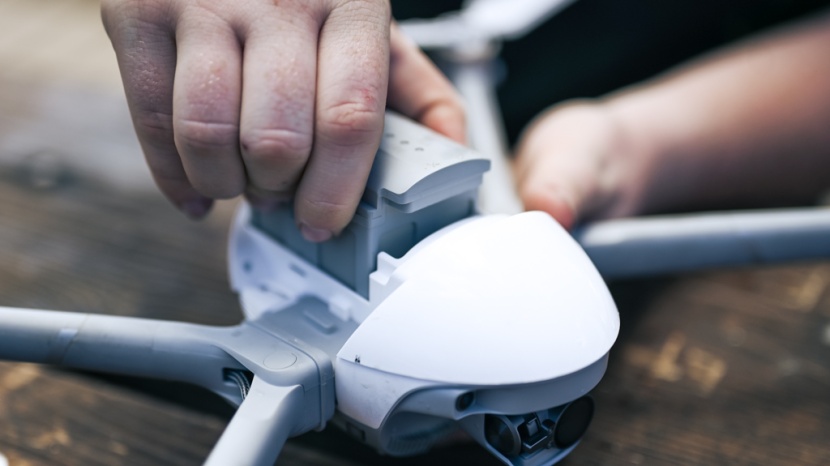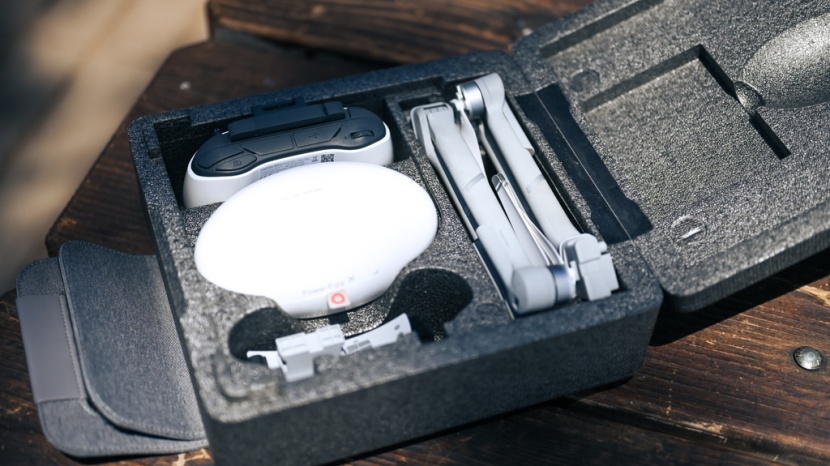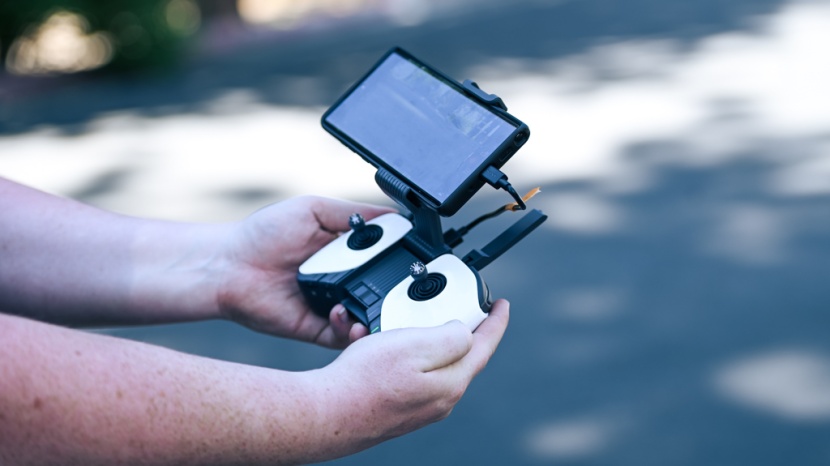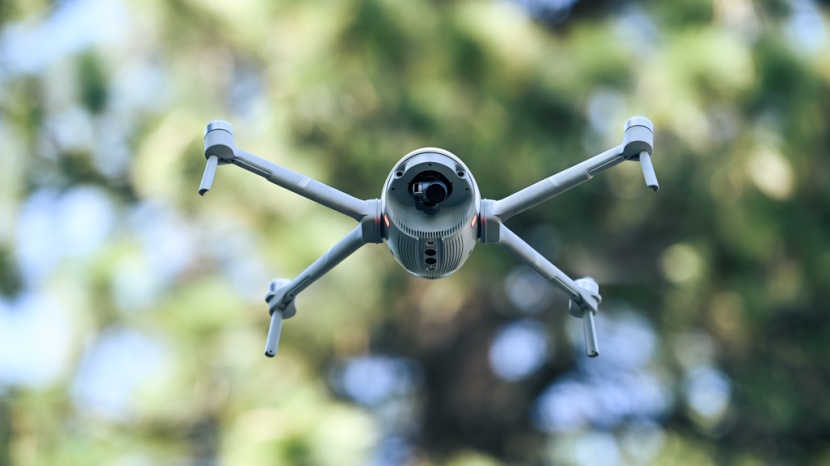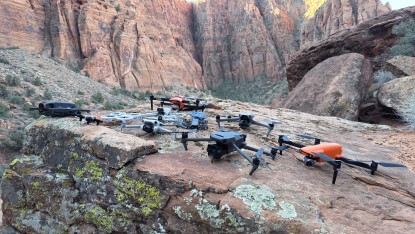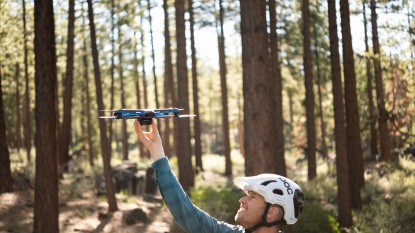PowerVision PowerEgg X Wizard Review

Our Verdict
Our Analysis and Test Results
The PowerVision PowerEgg is a so-so device that left testers slightly amused with its flight performance but ultimately disappointed with its video quality and sluggish controls.
Video Quality
The PowerEgg delivered middling results in our comprehensive video quality analysis. While it does have a decent 4K resolution, there is a noticeable loss of sharpness, what some would call “muddiness,” in the picture. Additionally, there is codec breakdown in high-detail scenes. All told, this unit does not produce a professional quality video.
Specifically, the PowerEgg suffers from harsh highlight roll-off and fringing at points of overexposure in the frame. It also has a loss of detail in shadows. In lowlight scenarios, the higher ISO renders soft boundaries and poorly fuzzy details. Additionally, the gimbal fails to limit minor wobbles and vibration in footage, particularly while shooting a gradual forward descent. These vibrations affect video quality to the point of making some shots unusable.
Flight Performance
In contrast to the performance in the video quality metric, the PowerEgg did quite well in flight performance. The unit's takeoff and landing stability are nice, and the intelligent flight is intuitive, allowing for user adjustment of speed and distance in flight. The following mode has three tracking options, and the settings for these are touch screen activated.
The return to home feature is swift compared to other models we have tested. However, it proved to be inconsistent. For example, when using it when the drone was within 100 feet, it worked as intended. Beyond this range, the behavior was unpredictable, requiring testers to override the command and manually fly the drone, thus defeating the function altogether.
If the problematic return home function concerns you, then the sluggish response to user inputs will further raise concerns about the PowerEgg. The video feed also lags a bit, further exacerbating the controls' clunkiness. That said, the drone proved stable in hovering flight and has a 30-minute battery life, which is respectable.
Portability
While video quality and flight performance are undoubtedly the most important considerations when selecting a drone, portability is also important. Your device will obviously need to be transported, and it is a somewhat fragile (and expensive!) device. The PowerEgg tips the scales at a mere 1.98 pounds (with the battery), and it is just 6.5 inches when broken down for storage. The unit comes with a case, but here's the rub: the drone has to be disassembled to fit inside of it, and the process can be annoying. That said, the case holds everything needed to maintain the drone.
Ease of Use
The PowerEgg did quite well in our ease of use analysis despite requiring a bit of set-up out of the box. The control interface is a phone attached to the remote, which is comfortable in hand with readily accessible buttons. The GUI (Graphical User Interface) looks good, too, though the interface isn't as refined as others we have tested.
Learning to fly the PowerEgg is pretty easy. However, we were disappointed that the yaw wasn't easier to handle. That said, the video quality on the interface looks terrific and is faithful to what the eye sees. However, the transmission of the video is a bit laggy and stepped at times.
Value
The PowerVision PowerEgg is a moderately expensive drone, yet it delivered a below-average performance. Given that some similarly priced models performed significantly better than this model, we do not consider it a good value. We suggest you look to other products in our review for improved performance at the same price point.
Conclusion
This review of the PowerVision PowerEgg looks at all aspects of a drone's performance, including flight characteristics, video quality, portability, and ease of use. Our evaluation revealed that the PowerEgg is a mediocre device in most aspects. As such, we recommend you consider other models in our review for better value or performance.




